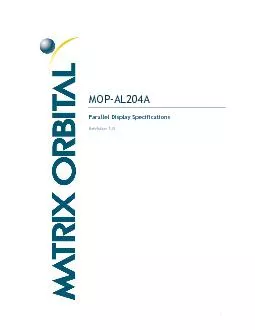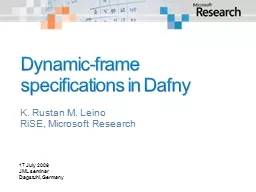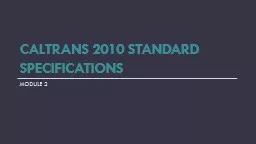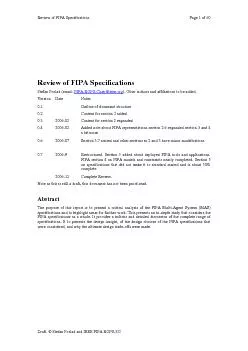PDF-Parallel Display Specifications
Author : natalia-silvester | Published Date : 2015-09-09
MOP AL 204 A Revision 10 1 Revision History Revision Description Author 10 Initial Release Clark 02 Updates as per issue 333 Clark 01 Initial Draft Clark 2 Contents Revision
Presentation Embed Code
Download Presentation
Download Presentation The PPT/PDF document "Parallel Display Specifications" is the property of its rightful owner. Permission is granted to download and print the materials on this website for personal, non-commercial use only, and to display it on your personal computer provided you do not modify the materials and that you retain all copyright notices contained in the materials. By downloading content from our website, you accept the terms of this agreement.
Parallel Display Specifications: Transcript
Download Rules Of Document
"Parallel Display Specifications"The content belongs to its owner. You may download and print it for personal use, without modification, and keep all copyright notices. By downloading, you agree to these terms.
Related Documents














